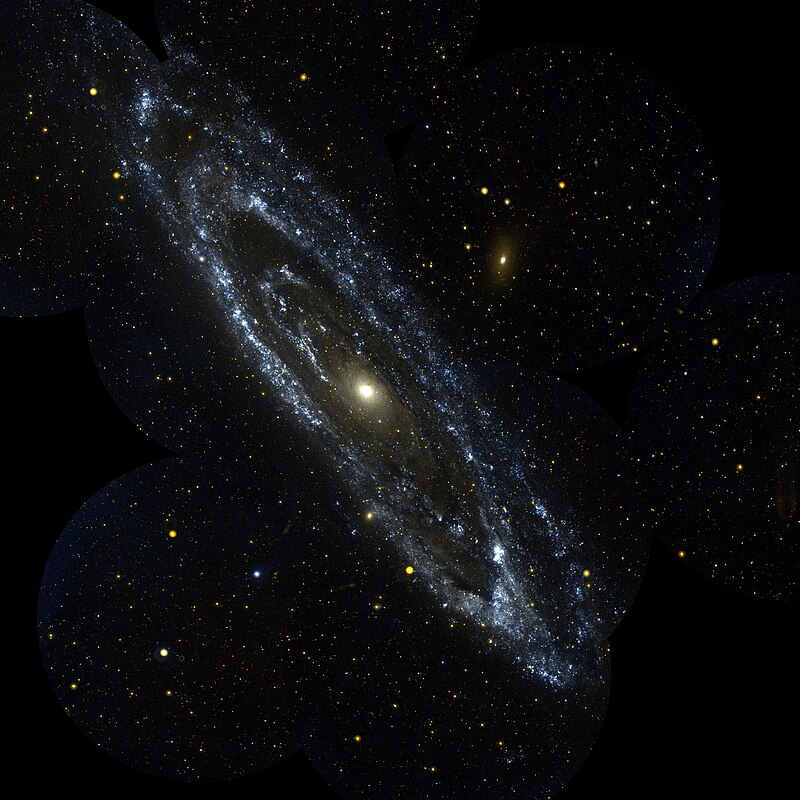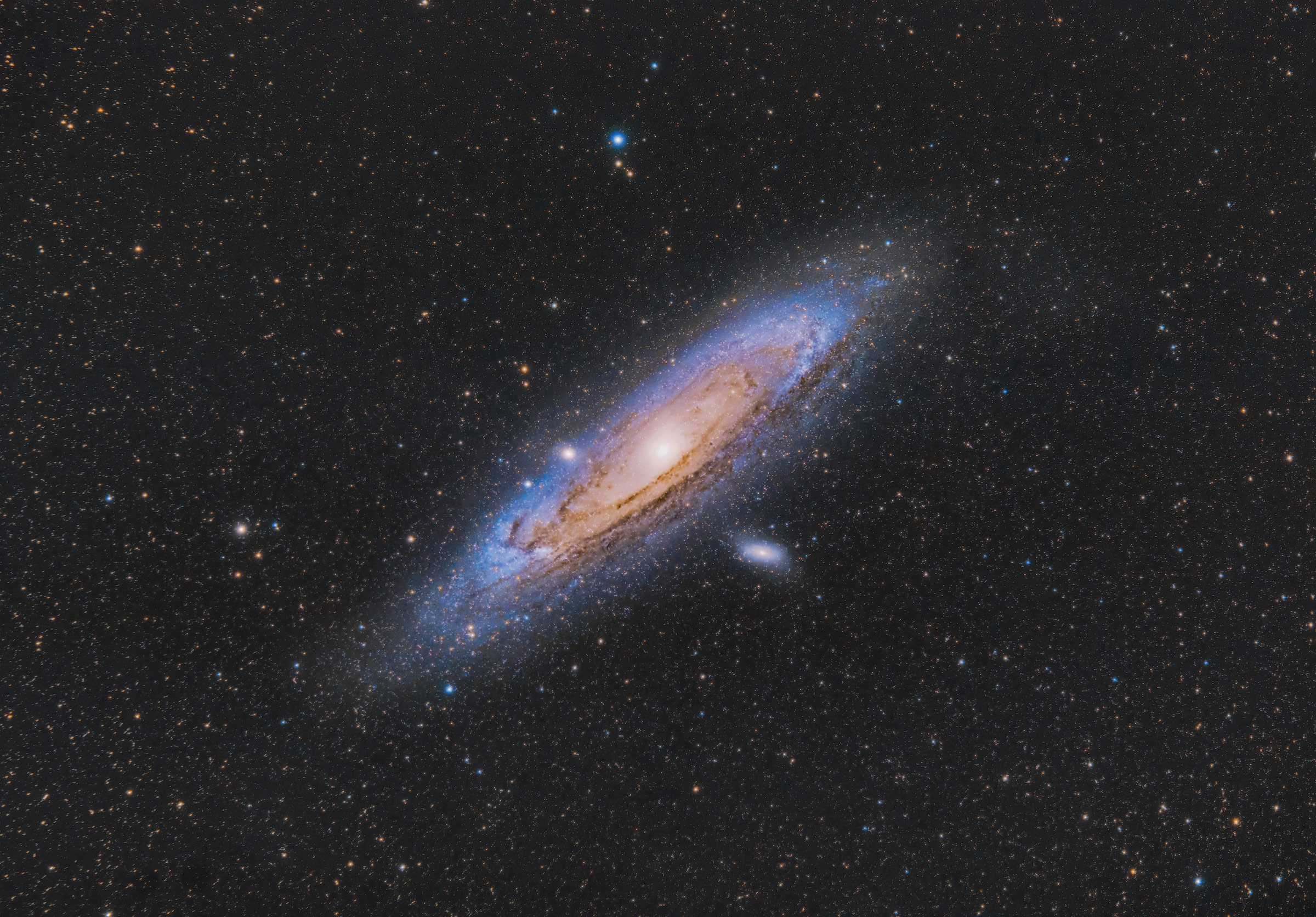What is the Andromeda Galaxy?
The Andromeda Galaxy, also known as Messier 31 or M31, is a spiral galaxy located approximately 2.5 million light-years away from Earth in the constellation Andromeda. It is the closest large galaxy to the Milky Way and is one of the most studied objects in the night sky.
With a diameter of about 220,000 light-years, Andromeda is the largest galaxy in the Local Group, a collection of over 50 galaxies that includes the Milky Way and several smaller satellite galaxies. The galaxy contains an estimated 1 trillion stars, which is more than twice the number of stars in the Milky Way.
Andromeda's spiral structure is similar to that of the Milky Way, with a central bulge and several spiral
arms that extend outward. The galaxy's disk is about 100,000 light-years in diameter and is filled with gas and dust, which are the raw materials for the formation of new stars.
Andromeda is also home to a supermassive black hole at its center, which has a mass of approximately 100 million times that of the Sun. This black hole is surrounded by a disk of gas that is spiraling inward, and it is believed that the black hole will eventually swallow up much of the material in the disk.
Observations of Andromeda have provided astronomers with important insights into the nature and evolution of galaxies. For example, studies of the galaxy's rotation curve have revealed the presence of dark matter, an invisible substance that makes up the majority of the mass in the universe. Andromeda's interactions with its smaller satellite galaxies have also provided clues about how galaxies grow and evolve over time.
Astrophotography of Andromeda
In addition to its scientific significance, Andromeda is also a popular target for amateur astronomers and stargazers. The galaxy is easily visible to the naked eye from dark locations and is a popular target for astrophotography. In fact, the galaxy's popularity among amateur astronomers has even led to the discovery of several novae and supernovae within its boundaries.
Collision Course!
Despite its massive size and importance in the study of astronomy, Andromeda is not immune to the effects of cosmic collisions. In fact, astronomers believe that the galaxy is on a collision course with the Milky Way and that the two galaxies will eventually merge to form a single, larger galaxy. This event is expected to occur in about 4.5 billion years, and it is likely to have significant effects on the structure and evolution of both galaxies.
Conclusion
In conclusion, the Andromeda Galaxy is a fascinating object of study that provides important insights into the nature of galaxies and the evolution of the universe. Whether viewed through a telescope or studied by astronomers, Andromeda is a reminder of the vastness and complexity of the cosmos, and a testament to the enduring curiosity and ingenuity of human beings.
- Aarav Iyer
References:
(1) https://www.nasa.gov/mission_pages/hubble/science/m31.html
(2) https://www.space.com/25126-andromeda-galaxy.html
(3) https://skyandtelescope.org/observing/messier-31-the-andromeda-galaxy/
(4) https://www.nationalgeographic.com/science/space/universe/andromeda-galaxy/
(5) https://astronomy.com/news/2019/05/merging-milky-way-and-andromeda
(6) (image 1 & 2) https://en.wikipedia.org/wiki/Andromeda_Galaxy
(7) (image 3) https://astrobackyard.com/best-andromeda-galaxy-image/
Tags:
Galaxies



